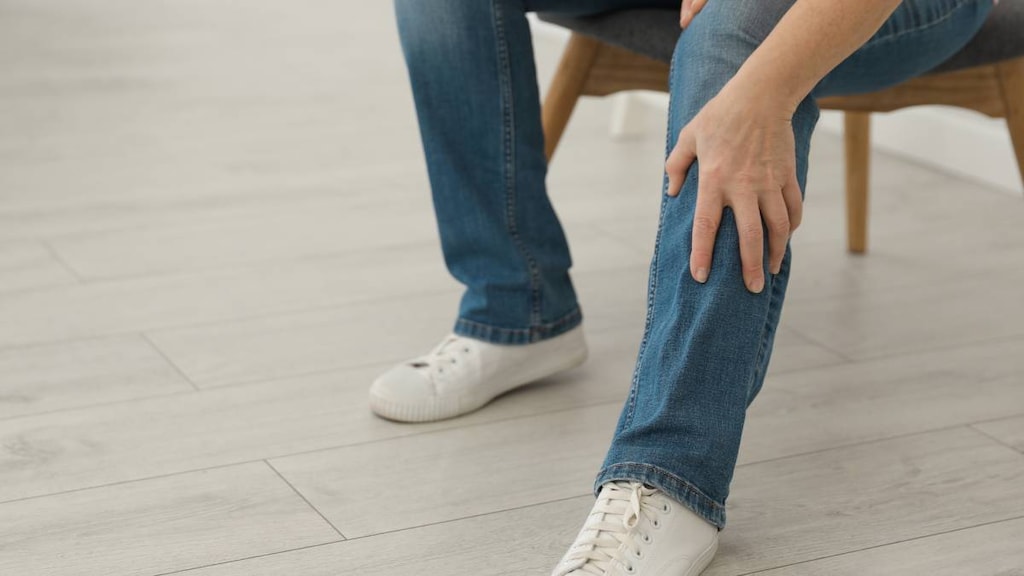
What is intermittent claudication?
Intermittent claudication is the name given to cramping or aching leg pain that occurs during exercise (such as walking) and is relieved by rest.
Intermittent claudication may also be called claudication.
What causes intermittent claudication?
The most common cause of intermittent claudication is peripheral arterial disease, which is when plaques of fatty acids, platelets, calcium, and other substances build up in the arteries in your legs (this process is called atherosclerosis), narrowing them, and restricting blood flow. Other causes include:
- An aneurysm (bulging artery) in the abdomen or leg
- Peripheral neuropathy (damaged nerves in the legs)
- Spinal stenosis (a narrowed spinal canal).
During exercise, the leg muscles need more oxygen to cope with the demands of contracting more often. Oxygen is carried to the muscles by the blood. But because the arteries in people with intermittent claudication are obstructed, not enough blood can reach the muscles. A lack of oxygen to the muscles causes symptoms such as pain and cramping.
People at higher risk of intermittent claudication include those:
- Aged over 55 (men) or 60 (women)
- Who are overweight or obese
- Do little exercise
- Have a family history of heart disease, claudication, or atherosclerosis
- With diabetes, high blood pressure, or high cholesterol
- Who smoke.
What are the symptoms of intermittent claudication?
Symptoms of intermittent claudication can vary, but may include:
- Pain, cramping or aching in the leg or legs that is induced by exercise and relieved by rest
- Tingling and numbness
- General fatigue.
Symptoms are usually felt from the feet up to the buttocks. Usually, the discomfort goes away as soon as the person with intermittent claudication rests.
Other symptoms may include:
- Blotchy or shiny skin on the leg or foot
- Cold feet
- Erectile dysfunction
- Foot sores
- Hair loss on the legs.
With time, symptoms of intermittent claudication can worsen, and pain may occur even when not exercising. Sores and other foot conditions may take longer to heal or not heal at all.
How is intermittent claudication diagnosed?
If you have symptoms of intermittent claudication, see your doctor. Your doctor will ask you about your lifestyle and if any of your family members have similar symptoms.
They may also do some tests, such as comparing the blood pressure in your ankle with the blood pressure in your arm, an ultrasound, or other imaging tests, such as an MRA or CTA scan.
How is intermittent claudication treated?
Treatments for intermittent claudication may include:
- Stopping smoking if you smoke
- Losing weight if you are overweight
- Eating a healthy diet
- Exercise
- Treated any contributing conditions, such as high blood pressure, high cholesterol, or diabetes
- Medications to improve blood flow or reduce the risk of blood clots
- Angioplasty
- Surgery.




